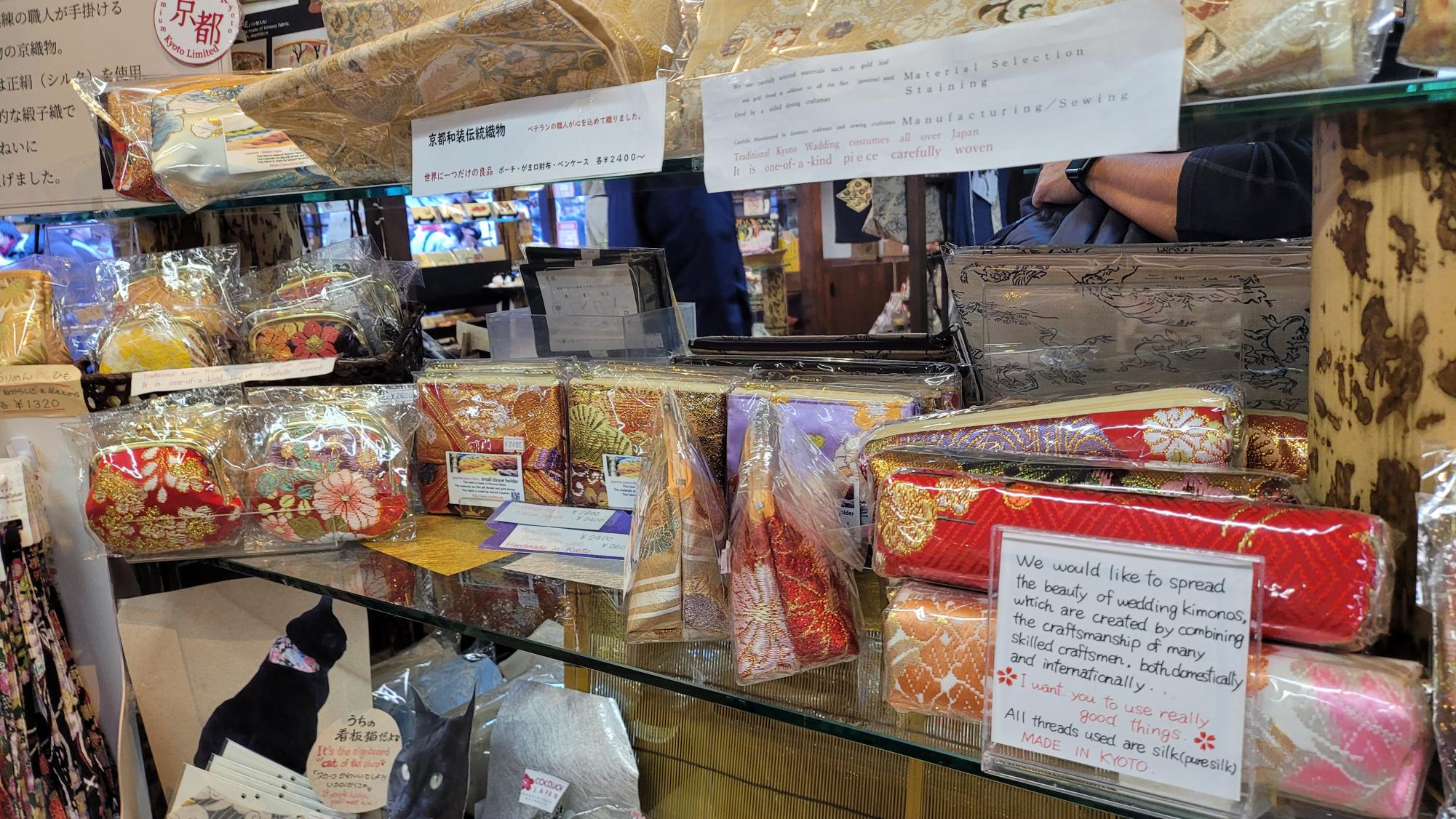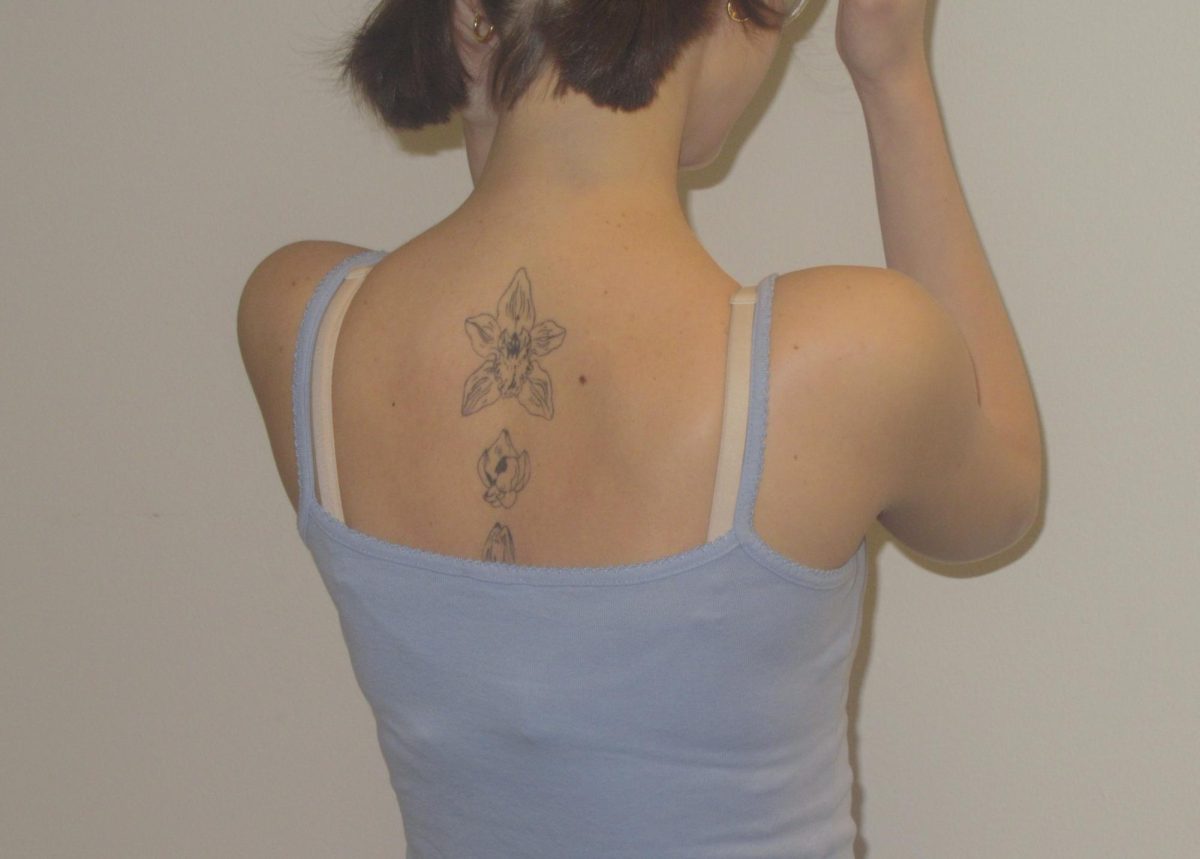
(Ariyanna Fernandez)
Growing up and hearing about the wonders and beauties of Japan, there was one specific aspect of their culture I gained a strong admiration for and desire to understand: the kimono. Each piece of the kimono set comes together to create a stunning outfit, and it stood out to me as a little girl — even more now after my recent trip to Japan.
In December 2023, I visited my boyfriend’s family for the first time in Nagano, Japan. His grandmother gifted me a beautiful obi, which is a sash worn to tie together a kimono or yukata. I was in awe of the stunning garment and became excited at the thought of buying a kimono to give the obi a new outfit to decorate.
I was surprised, though, when she suggested using the obi as a household decoration. She explained how buying a kimono and all of its accessories was a rarity in Japan. Wanting to respect the beautiful sash, I began my search for a kimono.
However, with my childhood dream of wearing and owning a kimono, doubts came into my mind on whether it was right or respectful for me, a person not of Japanese descent, to buy and wear a kimono. Cultural appropriation has been one of my largest concerns when preparing for my trip to Japan. From my boyfriend, I have heard horror stories of disrespectful tourists being ignorant, invasive, and immaturely mocking Japanese culture. As I am not Japanese, I had no idea if it was appropriate for me to partake in a sacred part of Japanese culture.
Soon after meeting my partner’s grandmother, I went shopping around Kyoto with him and his mother who helped me carefully choose each accessory and overall color theme to fit my age group, match my skin tone, and match the purpose I had for wearing my kimono.
During my spree, hundreds of quality handmade garments were being sold anywhere from $80 to a measly $8. Depending on the fabric type, quality, and shop, the prices were staggeringly lower than I expected. The cheap prices were especially shocking after the ceremonial robe I bought, made with real silk, was only $40.
Kind shop owners explained to me the meaning and definitions of each accessory and the different types of kimono. They described what period in Japanese history it became popularized, and the cultural importance of the different textiles and color meanings. Understanding each article of clothing, from the socks and traditional sandals to the hair decoration and headpieces, gave me more insight into the beauty of their culture.
I addressed my concerns about appropriation to the shop owner and my boyfriend’s parents, and they immediately responded with reassurance. Respectfully wearing a kimono is seen as appreciation in Japan, so long as the traditional wear is worn with knowledge of its historical meaning and not meant to mock or demean. I was shocked to hear that the issue in Japan is not cultural appropriation; instead, it is the risk of high-quality kimono wasting in garbage bins and traditions being forgotten.
Kimono were once everyday wear in Japan, but are rarely used in the modern age, with Western clothing being introduced during the Meiji era reforms in the late 1800s and early 1900s. As kimono are now only worn for special occasions or by those working in traditional Japanese locations, beautiful silks, fabrics and handmade designs are going to waste, simply because no one is buying or wearing these kimonos regularly.
With kimono having its limitations and Western clothing becoming normalized, widely available and easy to wear, traditional fashion has faded away over the 20th and 21st centuries. Even my boyfriend’s family, who reside in Kyoto, the most traditional prefecture of Japan, do not wear kimono in their homes or out in public.
When I first heard about this issue, I was shocked to hear that something I saw as a staple of Japanese culture was going “out of style,” as it was something I idolized. However, when I think back to the numerous stores selling these garments, I realize promoting them to foreigners is a smart tactic for the revival, reuse, and recycling of kimono fabric and accessories. As I continued my trip throughout Japan, I noticed how almost every tourist location had beautifully handmade coin purses, hair accessories, bags, and more made out of recycled fabric. I was lucky enough to return from my trip with two kimono sets, each item bought second-hand to have a new home.
Respecting other cultures and fully immersing ourselves in a country’s traditions will result in deeper understanding and unforgettable memories. Returning home, I did not come back with just the beautiful stories and influence from Japanese culture, but accompanied with a stunning kimono I hope to wear soon.















































































Peter Thomson • Feb 12, 2024 at 7:44 pm
Nice piece, and kudos for being aware of cultural appropriation. As a long time resident of Japan, I concur that no Japanese would view you wearing a kimono as appropriation.
The prices in your article, though, reflect that you were shopping in second-hand stores, a wonderful place to find a bargain. New kimonos are usually over $1,000.
Enjoy wearing your kimono and exploring more of Japan!